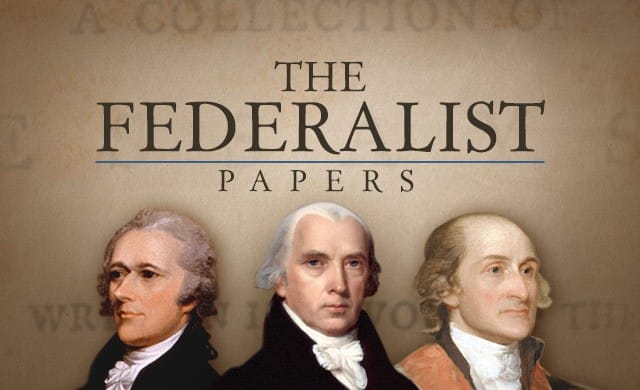Considering the complexity of Tractatus Logico-Philosophicus, it is amazing that Ludwig Wittgenstein wrote it in the trenches during WWI. The only book published while he was alive, depicts a young philosopher's concern with the problem of the science. Although he later dismissed this work, Tractatus remains an important text in its field. Even though I don't agree with Wittgenstein nihilism, but his ideas in this book are important for the discussion about psychology, epistemology, ethics, language and philosophy.
This text is Wittgenstein's critique of philosophy
"Philosophy is not one of the natural sciences.... Philosophy is not a body of doctrine but an activity".
In Tractatus Wittgenstein makes an equivalence of reason and symbolic logic - no errors. "Though can never be of anything illogical, since, if it were, we should have to think illogically." This follows that if language follows the same rules of symbolic logic, reasoning would be error free.
Later, Wittgenstein establishes an analogy between language and pictures as representations of reality, "A picture is a model of reality". A reality that is comprised of facts, not things. The world is made of facts, events, not things.
For the young Wittgenstein what counts is a thorough logical construct of propositions and operators, a general form of truth-function as he called it.
"The proof of logical propositions consists in the following process: we produce them out of another logical proposition by successively applying certain operations that always generate further tautologies out of the initial ones."
It doesn't need to be validated with reality. How could one validate a proposition with reality if we can't know reality? We just can check their logical soundness. The problem why we seem to make mistakes is that our languages are not solid enough.
"In order to avoid such errors (one sign with multiple significations) we must make use of a sign-language that excludes them by not using the same sign for different symbols and not using in a superficially similar way signs that have different modes of signification: that is to say, a sign-language that is governed by logical grammar"The conclusion is that we must thrive to use coherent, unequivocal language to represent reality. If sign-language is complete, all the world can be coded.
Did I understood Wittgenstein? I don't know. But as he says in his opening paragraph and close to the end:
"Perhaps this book will be understood only by someone who has himself already had the thoughts that are expressed in it."
"My propositions serve as elucidations in the following way: anyone who understands me eventually recognizes them as nonsensical, when he has used them - as steps - to climb up beyond them. (He must, so to speak, trow away the ladder after he has climbed up it). He must transcend these propositions, and then he will see the world aright."
Later in life Wittgenstein seems to recognize and accept the limitations of language and gives up the ideal of such perfect code in exchange of an ordinary language philosophy.
What we can all take from Tractatus Logico-Philosophicus is his very last proposition
"What we cannot speak about we must pass over in silence."
In today's world so many people pretend to be experts that we need more silence, more reflexion, more reason.


